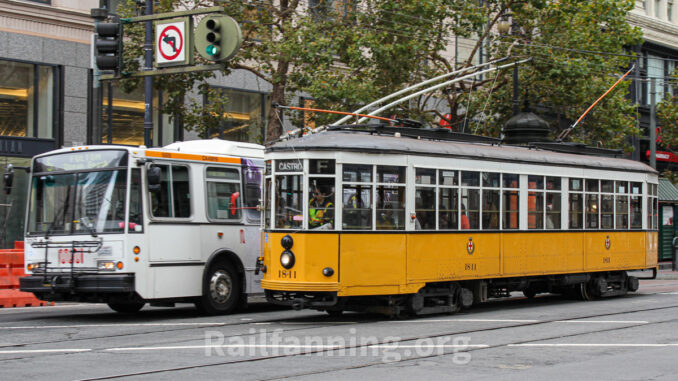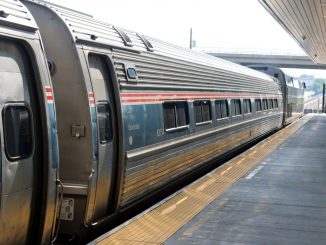
(The Center Square) – A section manager who oversees power and mechanical workers for a San Francisco area transit company made $433,682 including $246,847 in overtime to become the highest paid employee of the agency.
The employee was one of many who benefitted from a big spike in overtime in 2022 for the San Francisco Bay Area Rapid Transit District (BART), a heavy-rail public transit system. Seven BART employees made $200,000 or more in overtime in 2020, according to documents provided by the transit agency.
San Francisco Bay Area Rapid Transit saw a dramatic increase in overtime in the midst of the COVID-19 pandemic. From fiscal year 2020 to 2022, overtime increased from $53 million to $82 million, a 56% spike, according to documents The Center Square obtained by a FOIA request.
Alicia Trost, chief communications officer for BART, said that the transit relied on overtime to fill the gap of employees lost over the course of the pandemic.
“During the height of the pandemic, we reduced service, but as the region began to reopen, we ramped service back up quickly,” Trost said. “We relied more on overtime during this time.”
In 2020, only 16 transit employees made $300,000 or more and 282 employees made $200,000 or more. This increased in 2022, with 32 employees making $300,000 or more and 396 employees making $200,000 or more.
An electrician for BART received more than $150,000 in overtime every year since 2018. In 2021, his overtime jumped to $237,000 from $158K in 2020. His overtime pay continued to increase in 2022, rising to $252,000.
A power and mechanical worker, made more than double his base salary in overtime pay in 2022. That employee’s base salary was $90,000, but he made $212,000 in overtime. He also received $45,000 in pay categorized as “other.” This brought his total compensation for 2022 to $349,000.
Overall compensation also increased from 2020 to 2022 by $10 million, from $521 million to $531 million.
This is at a time when the transit saw a dramatic decrease in fare revenue and ridership.
BART’s fare revenue dropped from $543 million in 2019 to $190 million in 2020, the first year the pandemic impacted transit. In 2021, fare revenue continued to drop to $91 million, according to the Federal Transit Administration.
From 2019 to 2021, this is a 83% decrease in fare revenue.
Ridership, or unlinked trips, dropped from 128 million to 17 million over this same period.
Trost said that, despite this drop, “our operating and capital budget was balanced each of these years.”
Operating expenses for the transit increased from 2019 to 2020, despite a dramatic decrease in ridership.
In 2019, operating expenses for BART was $789 million. In 2020, those expenses increased to $847 million.
“Federal emergency money was used to help the operating budget,” Trost said. “Currently we are relying on federal emergency funds to make up for the lower ridership due to the pandemic and remote work trends in the Bay Area.”
BART also received federal assistance for capital funds.
In 2019, the transit expended $77 million in federal assistance for capital funds. This jumped to $225 million in 2021.




